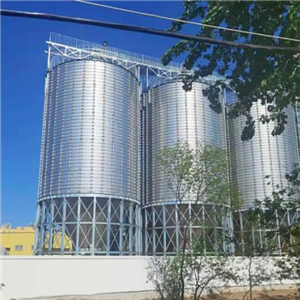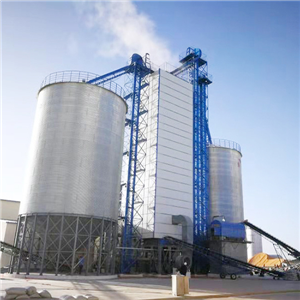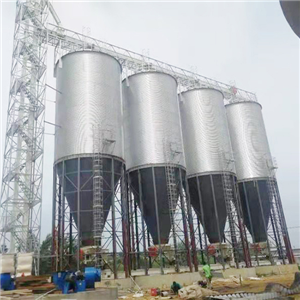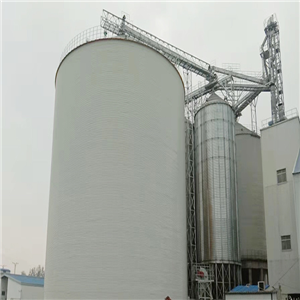Exploring Edge-Biting Steel Silos: Five Key Advantages Revolutionizing Storage
1. Unmatched Structural Strength: Built to Withstand Extremes
Weather Resistance: These silos can withstand high winds (up to 180 km/h), heavy snow loads, and even seismic activity (up to 7.5 magnitude), making them suitable for regions prone to extreme weather.
Pressure Tolerance: The interlocked structure handles internal pressure from stored materials—critical for bulk items like grain or cement that exert outward force as they settle.
Seamless Construction: The absence of bolts, holes, or gaps in the interlocked design prevents air and water infiltration. This is vital for storing grains, where humidity can cause mold, or chemicals, where contamination risks are high.
Fumigation Compatibility: Their airtight nature allows safe, effective fumigation to eliminate pests without toxic residues escaping— a key requirement for food-grade storage.
On-Site Assembly: Pre fabricated steel plates are assembled using specialized rolling machines that bend and interlock the edges on-site. A 1,000-ton capacity silo can be completed in as little as 2–3 weeks, compared to 3–6 months for concrete alternatives.
No Heavy Machinery Needed: Unlike concrete silos, which require formwork and curing, edge-biting systems use lightweight yet strong steel, reducing reliance on large cranes or scaffolding.
4. Cost-Effective and Versatile: Adapting to Needs
Lower Lifecycle Costs: High-grade galvanized steel resists corrosion, extending the silo’s lifespan to 30–40 years with minimal maintenance. This outperforms concrete, which may crack over time and require frequent repairs.
Scalable Design: Silos can be customized in diameter (3–30 meters) and height to fit specific storage needs. They also support easy expansion additional rings of steel plates can be added to increase capacity as demand grows.
Space Efficiency: Their compact design allows multiple silos to be placed close together (as little as 50 cm apart), maximizing land use in crowded industrial zones.
5. Eco-Friendly: Sustainable by Design
Recyclable Materials: Steel is 100% recyclable, reducing environmental impact at the end of the silo’s lifecycle.
Energy Efficiency: The quick assembly process consumes less energy than concrete production, which is carbon-intensive. Additionally, their airtightness reduces the need for climate control systems, cutting energy use for ventilation or heating.




